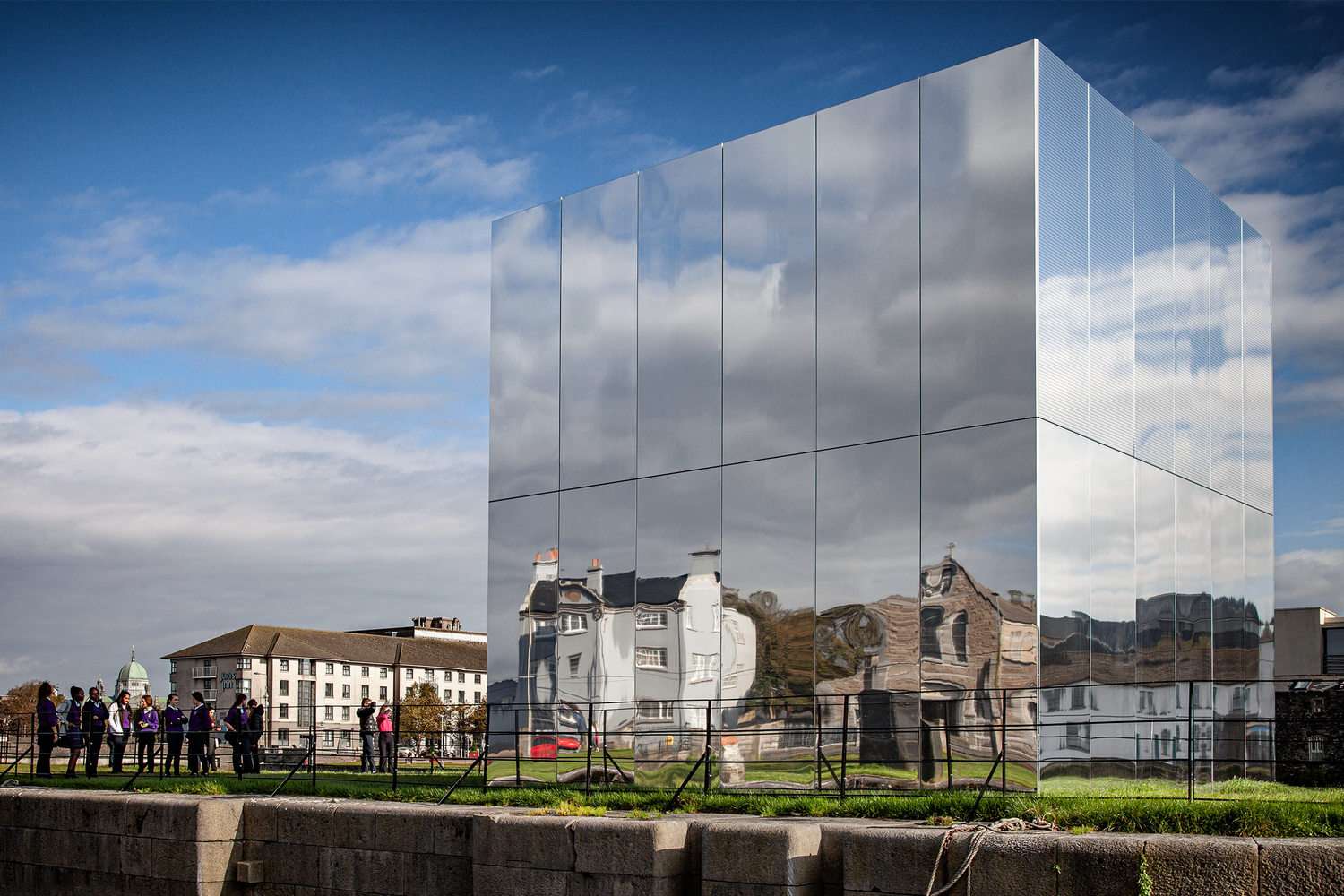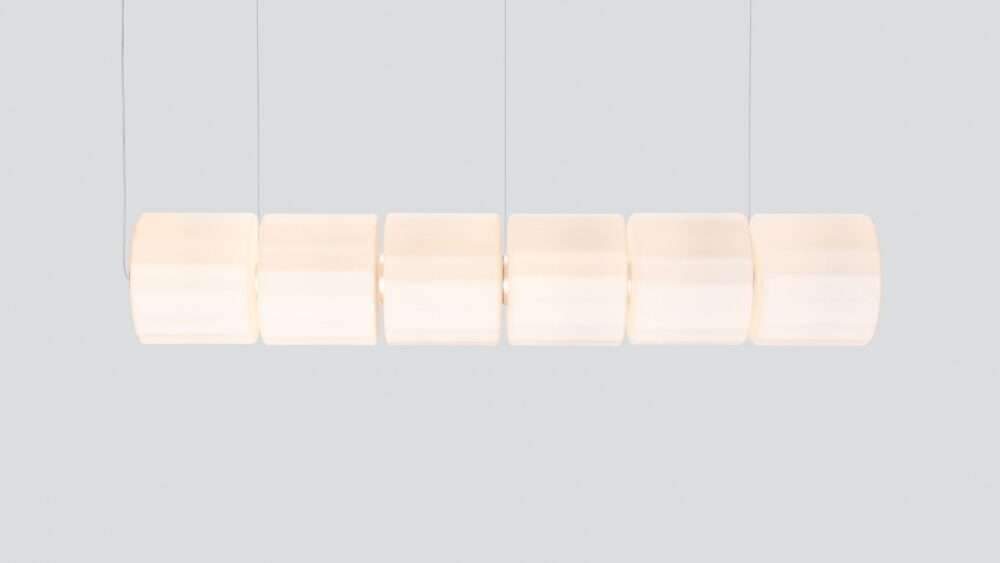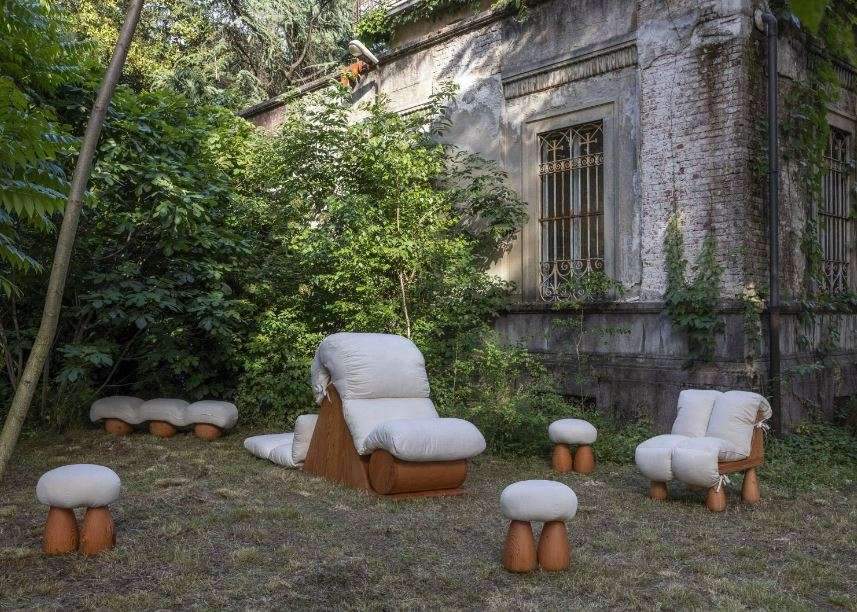The use of high-tech aluminum roofs in the design of facades
The use of high-tech aluminum roofs in the design of facades,
It is the design of the facade that determines the architectural identity of the building.
In addition to being a barrier against various weather conditions, and for light penetration,
it also defines the exterior of the building.
A facade can make a building stand out, blend with its urban environment,
or even convey different levels of brightness, transparency, and softness.
The structure and color of interior walls and ceilings can also make a lasting impression when entering a room.

Interface design options
Architects find themselves faced with a wide range of options available for facade designs,
but choosing the right material is critical.
The options available must be chosen that meet the criteria for
energy efficiency, versatility, aesthetics, and durability.
The German company Alanod has developed a variety of functional and decorative metal surfaces,
which offer all kinds of technical possibilities from a single source.
The use of high-tech aluminum roofs in the design of facades
Among its decorative lines, the DECO PRIME® range of products offers a variety of high-tech surfaces,
known for their quality and versatility due to their versatility of designs, structures and colours.
Often a primary consideration for architects when selecting a material is its ability to adapt to different scenarios and requirements,
allowing for the creation of unique spaces.

DECO PRIME®’s flexibility stems from such diverse uses; Whether it is reflective,
colored, glossy, matte or structured, it can provide a variety of elegant and attractive ambiance.
This wide range of designs gives architects and designers the freedom to explore the endless possibilities in their creative work,
whether it’s with a futuristic glow, reflection or a colorful matte surface.
The same adaptability applies to its conductive and acoustic performance,
as the reflective surface creates a welcoming atmosphere and reflects daylight.
Structured and perforated walls and ceilings enhance the room’s sound, the high-gloss finish sets a modern tone,
and the matte surface creates a feeling of warmth.
The material also heats or cools radiant ceilings and directs natural light into buildings.
DECO PRIME® can be applied to light switches, door profiles and knobs, appliances,
or consumer electronics as well as to walls and ceilings.
This application provides the opportunity to create many decorative elements that are attractive to the eye and to the touch.

Integrating the elements of durability and sustainability in the design
Material maintenance and long-term behavior are the main factors to consider when designing a building’s exterior,
and in addition to providing a whole gamut of diverse aesthetic possibilities,
a metal roof is both resistant and long-lasting.
The demand for sustainable materials is growing as buildings are responsible for a high proportion of carbon emissions,
so DECO PRIME® is made of recyclable aluminum.
This saves 95% of the energy consumed in the manufacturing process,
and the electricity used during production is entirely obtained from renewable energy sources.
Obviously, the architect’s choice of facades and the materials they are made of, is an essential step during any project.
Not only for its ability to determine conductive, acoustic or lighting conditions,
but also for its ability to define the appearance and character of a building,
which strongly influences the user experience and leaves an equally significant impact.
DECO PRIME® presents itself as a good competitor as new technologies emerge on the market that offer aesthetic,
practical and sustainable solutions.
It is important to explore all the options offered by these resilient metallic surfaces,
whether it is about how the materials behave over the life of the building,
or what other characteristics and details play a role in the short and long term.







